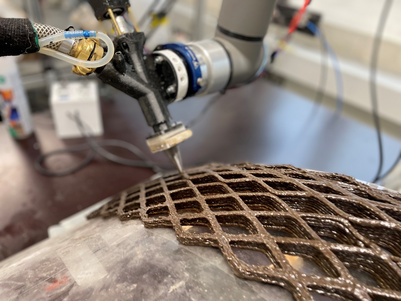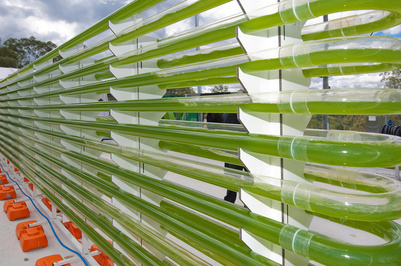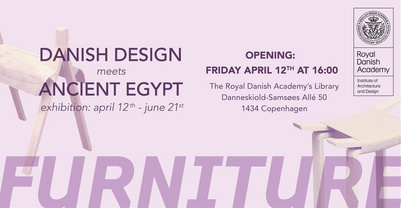THE DETAIL IS DEAD - LONG LIVE THE DETAIL!
Architectural details often speak a clear language.
They reflect an understanding of the world, an economy, an esthetic ambition – as well as knowledge of materials, building physics and perceptive instruments. This emphasizes the importance of details, and when looking into architectural history they have directly influenced movements or new architecture.
Two classic examples are manifestos by; Adolf Loos and Mies van der Rohe. Adolf Loos provoked his colleagues and clients already in 1908 with his writing; “Ornament and Crime”. It contested the unconscious eagerness for decoration amongst architects of his time.
On the same note Mies van der Rohe wrote “Less is more” in 1947, a summary of his search for a minimalistic appearance in architecture, that furthered an articulated expression in his work wanting it to be pure and exact.
Manifestos concerning details and their importance in- and for architecture are not written in the same way anymore.
However, that doesn’t change the fact that it is perhaps more important than ever to give this “small world of architecture” some attention. Today, the construction industry is controlled by financial management, which doesn’t leave much room for thorough studies of details, or playful experiments.
Contemporary efficient industrialized building processes are first and foremost planned to eliminate the possible emergence of details that are not intentional – there is no time or money. Thus, from a hard core economical perspective – details are not considered “necessary” or essential. But can we live with that as architects?
In may 2017, CINARK arranged, in cooperation with Velux visiting professor Ulrich Knaack, from TU Delft, the symposium: “The Detail is Dead – Long Live the Detail”.
For this occasion, a line of leading Danish and North-European architects, scholars, and businesses of the construction industry were invited to discuss and present their take on “the architectural detail” and the challenges of contemporary construction industry.
The contributions have been edited and published in a book carrying the same title. It was released on the 31st of January 2018 and is now available for purchase, at a price of 150 DKK, by writing to CINARK@kadk.dk





